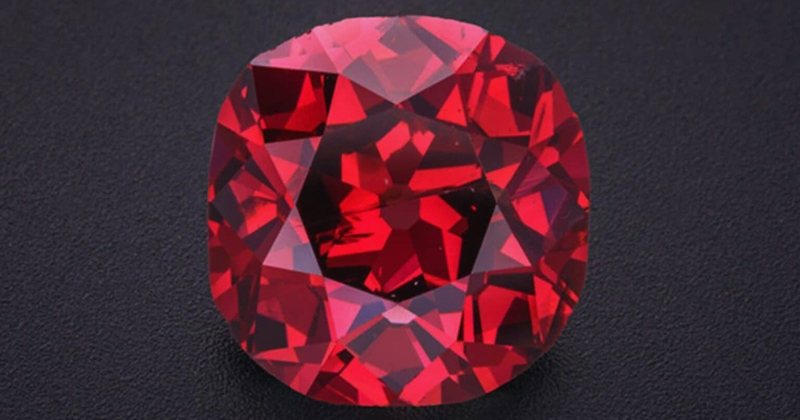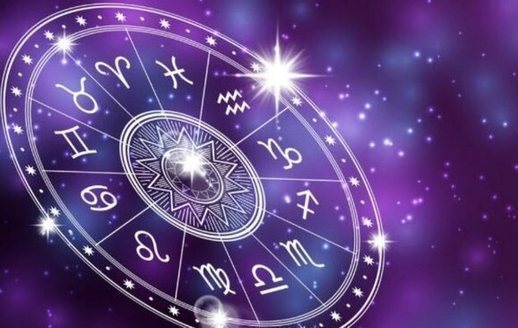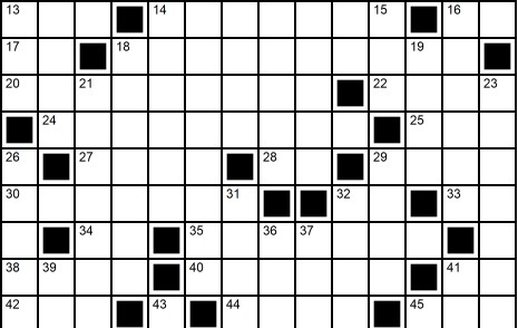
Discover the fascinating history and scientific secrets behind the Winston Red Diamond


The Winston Red Diamond, a marvel of both nature and history, has captured the imagination of gem enthusiasts and scholars alike. Recently subjected to scientific analysis for the first time, this rare 2.33-carat “fancy red” diamond has revealed some fascinating insights into its geological origins and fascinating history. The GIA (Geological Survey of America) has shed light on the enigmatic features of this captivating gemstone, making it one of the most studied diamonds in recent history. This article delves deeper into the findings surrounding the Winston Red and explores why this diamond is so highly coveted and shrouded in mystery.
The Winston Red Diamond is notable not only for its eye-catching color, but also for its rarity. Natural red diamonds are among the rarest gemstones on Earth, with only a handful of stones meeting the criteria for a “fancy red” color grade. The Winston Red Diamond, at 2.33 carats, is one of the largest red diamonds in public records. What makes it even more extraordinary is its perfect red color, which has no traces of brown, orange, or purple, making it a “pure” red.
Its size and exceptional clarity have it valued at around $2.3 million, although it is said to be “priceless.” The diamond currently resides in the Smithsonian Museum, where it was donated by Ronald Winston, son of famed American jewelry collector Harry Winston. However, its history is as fascinating as its appearance, with connections to some of the world’s wealthiest and most influential figures.
The journey of the Winston Red Diamond began in 1938 when Jacques Cartier sold it to the Maharaja of Nawanagar, a ruler in India. At the time, the stone was known as the “Red Raj” and its purchase linked it to the Indian aristocracy. The Maharaja’s lineage held the gemstone until it was reacquired by Ronald Winston in 1988 from the Maharaja’s son, Jam Saheb Sri Shatrusalyasinhji.
Although it was originally intended for a public unveiling at the opening of the Harry Winston salon in Tokyo, the event was postponed due to the deteriorating health of Emperor Hirohito of Japan. A year later, the diamond finally made its public debut during the salon's anniversary celebration. Actress Brooke Shields wore the diamond as a small gold ring at that event, further cementing the diamond's legendary status.
For decades, the geological origin of the Winston Red Diamond remained a mystery. Unlike other diamonds, this stone's red color does not come from elements like nitrogen or boron. Instead, red diamonds owe their color to a unique distortion in their crystal lattice. This rare feature changes the way the diamond interacts with light, giving it its striking red appearance.
The Smithsonian research team delved into the optical properties of the stone to better understand its formation. By comparing Winston Red to other famous rare diamonds, they concluded that the diamond likely formed under extreme conditions of pressure and temperature deep within the Earth. Writing in their paper, the researchers conclude: “To achieve its red color and dense dislocation networks, Winston Red diamond likely experienced great strain under mantle conditions.”
This level of strain within the Earth's mantle would explain the diamond's unique crystal structure. As a result, the red color seen in Winston Red is considered one of the most challenging and rare characteristics any diamond can acquire.
The Smithsonian research team also compared the Winston Red diamond to red diamonds found in other regions known for producing similar stones, such as Venezuela and Brazil. These two countries have long been associated with the discovery of rare red diamonds, although researchers were quick to caution that the exact origin of the Winston Red remains speculative. The geology of these regions has not been studied in depth, making it difficult to pinpoint exactly where the diamond may have originated.
Despite this uncertainty, the idea that the Winston Red diamond may have come from one of these locations remains a plausible theory. Researchers have noted that red diamonds from these areas often share similar optical properties, making them prime candidates for further study in the search for the true birthplace of Winston Red.
Happening now...

America may withdraw from Europe, but not from SPAK
ideas
top
Alfa recipes
TRENDING 
services
- POLICE129
- STREET POLICE126
- AMBULANCE112
- FIREFIGHTER128



























